Points vs Electronic Ignition
Article by Mark Trotta
Up until the mid-1970s, most passenger cars and trucks came with points ignition. They were, and still are, easy to understand and easy to diagnose.
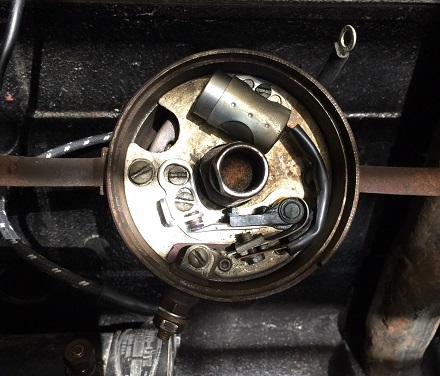
Once properly set, a points ignition will run fine for 10,000 miles or more, without any adjustment. For a classic car that gets driven 1,000 miles a year, that's a pretty trouble-free system.
____________________________________________
____________________________________________
I like points ignition for their simplicity and ease of diagnosing. Apparently, some people don't understand simplicity, and replace their points distributor because they were told it was unreliable.
Keeping Things Original
When it came time to rebuild the motor in my old 1965 GTO, it made good sense to replace the original rope main-seal with a neoprene type. To me, it was a worthwhile upgrade that took little away from it's originality.
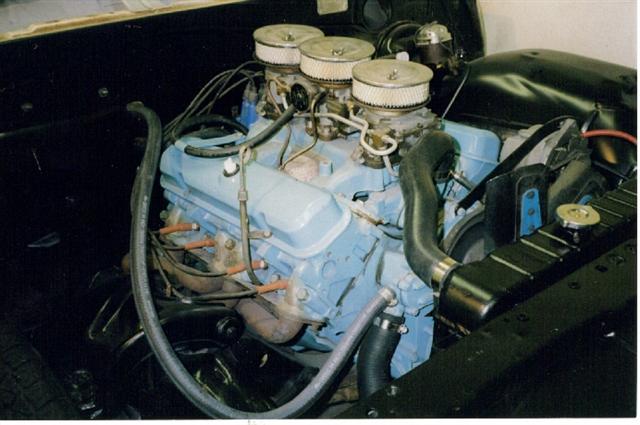
But for the ignition system, I stuck with points ignition. They worked just fine. The acceleration from the 389 Tri-power snapped your head back and gave rubber in all four gears.
Fixing Something That Isn't Broken
Popular ignition upgrades can be a two-edged sword.
Electronic systems can be unreliable, and unlike points, they will stop working without a warning.
A set of points will at least give you a clue, showing such signs as running rough, or maybe they haven't been changed in many years.
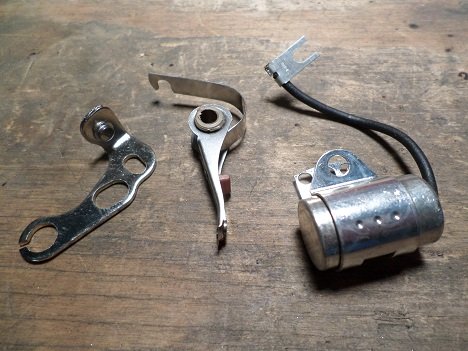
No Spark Issue
In 2007, I had the rare opportunity to buy a 1968 Jaguar XKE that did not run. The previous owner did not know what was wrong with it.
I'm not a really a British car guy, but cool cars are cool cars regardless of where they're from. The Jag's exterior and interior was in such good shape, I took a leap of faith and bought the car.
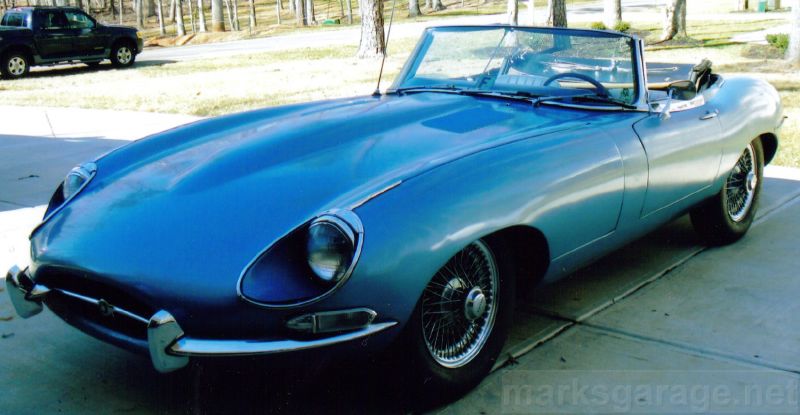
Once I got the motor to crank, I found there was no spark at the spark plugs. A session of electrical troubleshooting found the no-spark problem - a defective aftermarket electronic ignition unit someone had "upgraded" the car to.

Re-installing stock points and condenser solved the no-spark problem. After the Zenith-Stromberg carburetors were rebuilt, the motor fired back to life.
*************************
Points or Electronic Ignition, Which One Is Better?
So, the question really becomes, not which one is better, but which one is better for you.
If you consider yourself a mechanic, stay with points.
If you consider yourself an automotive technician, switch to electronic ignition.
*************************
Don't Forget The Condenser
Although points get replaced more than condensers, over the years I have had two condensers fail on me on two different occasions. It's recommended to replace points and condenser at the same time, but if you really have to be "thrifty", you can probably re-use the condenser if the points were not pitting.
____________________________________________
____________________________________________
Renewing Points
Before re-using an old set of points, check that the contact points are not burnt or pitted. They can often be renewed with a points file.
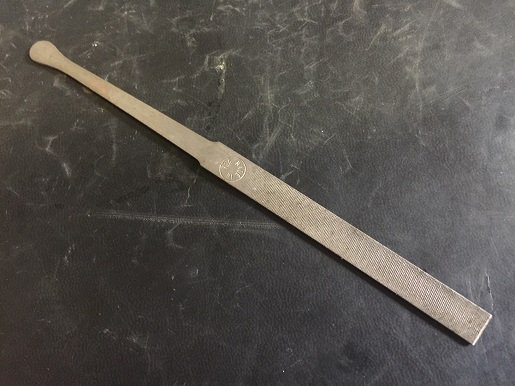
These are speciality files which should not be used for other types of filing, so as not to clog it with small metal particles. And don't use sandpaper to file points, it will leave tiny particles of grit.
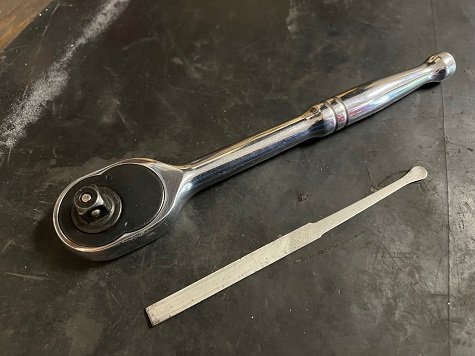
When in proper working order, a points ignition system works very well and will give 10,000 miles or more of service. So unless your classic car is a daily driver, points ignition is more than adequate to keep your old car running well.
*************************
Related Articles: